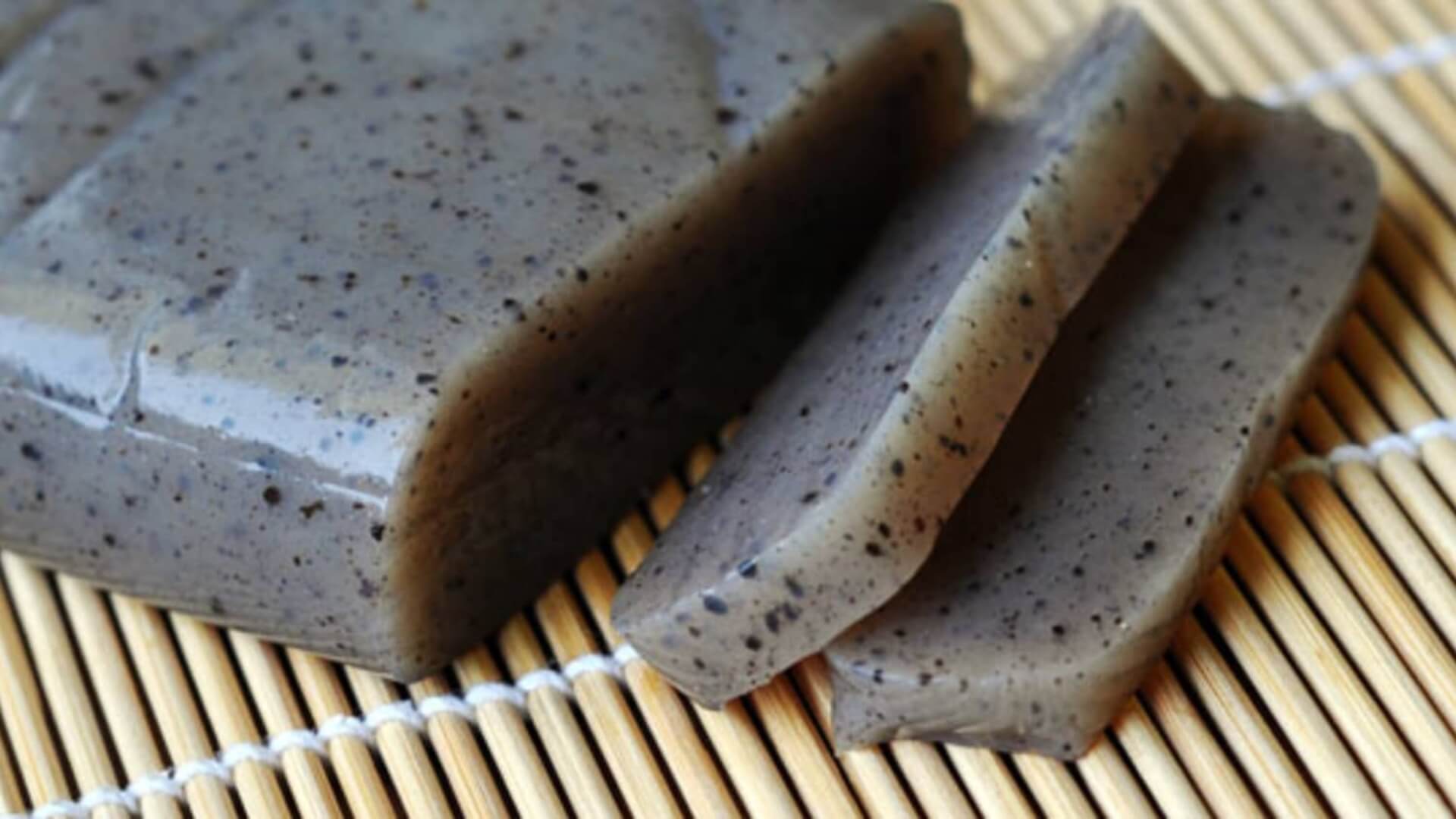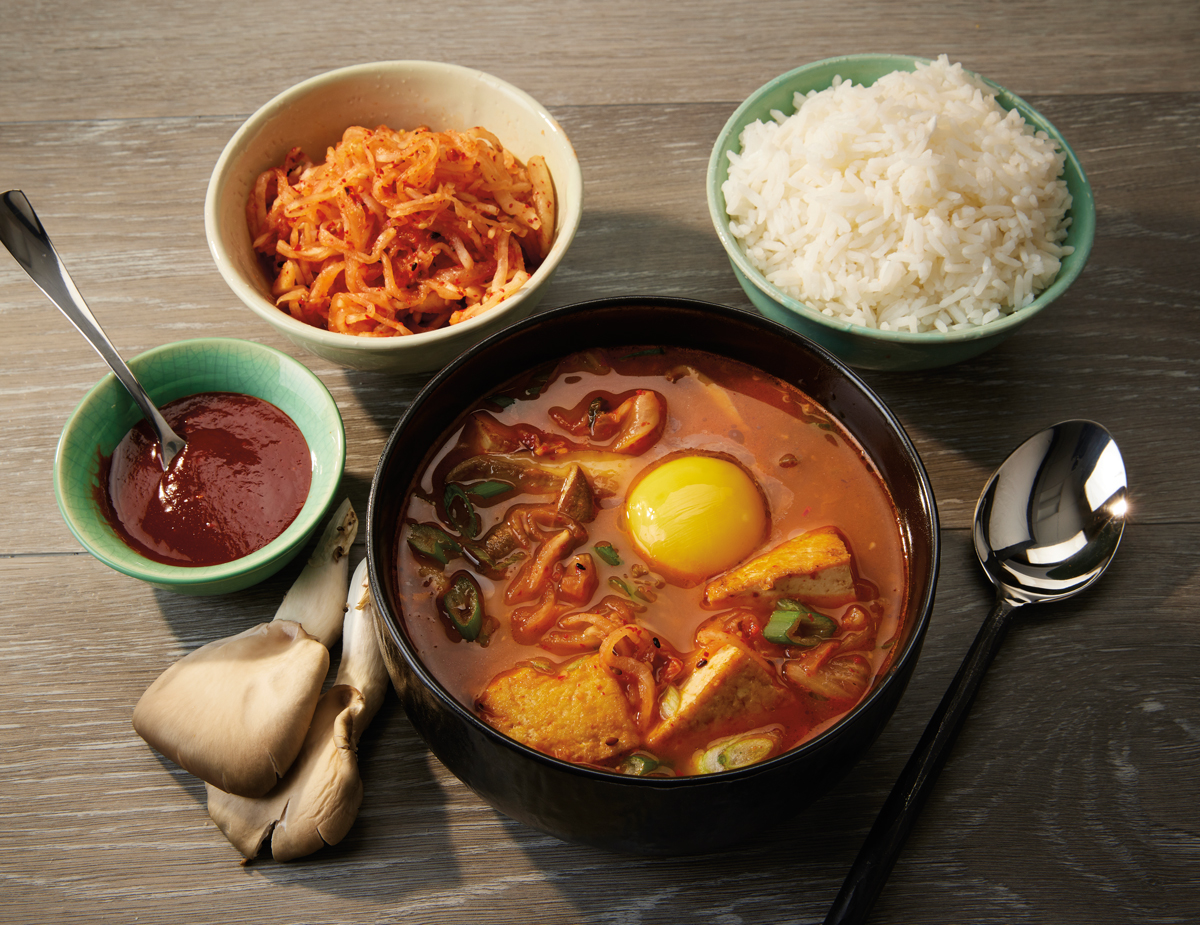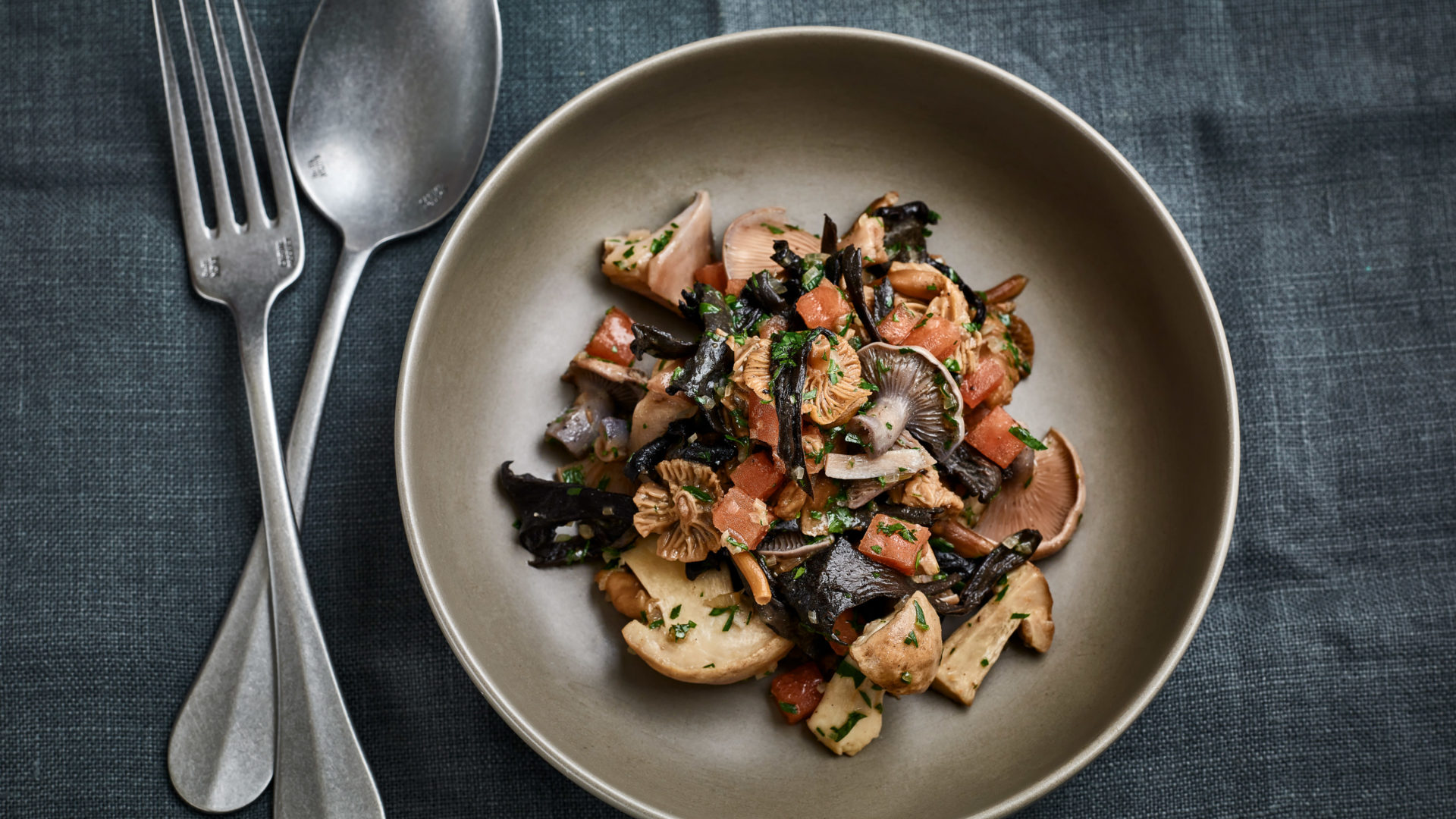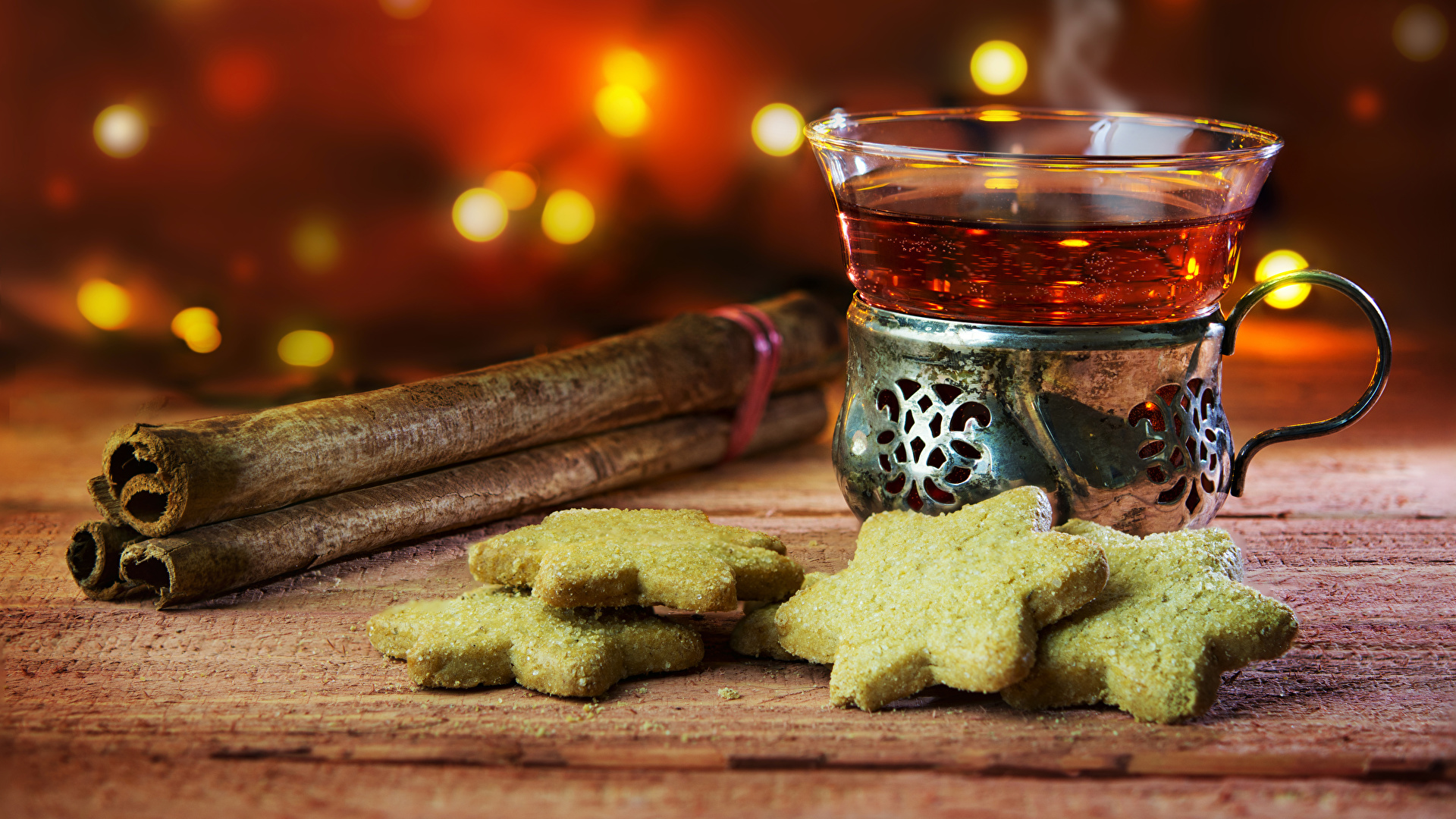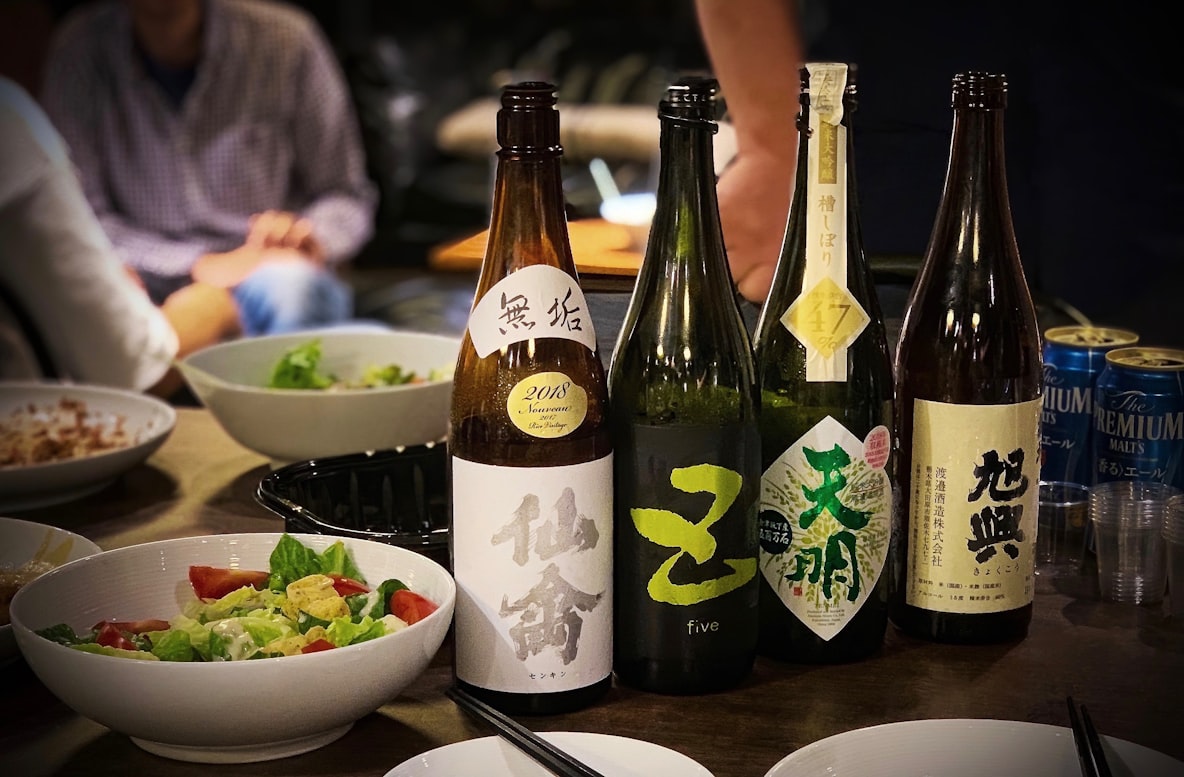Embark on a culinary adventure as we delve into the Konnyaku craze, celebrating the unique and versatile Japanese Devil’s Tongue. Known for its intriguing texture and ability to absorb flavors, Konnyaku has become a sensation in the culinary world, captivating the taste buds of those seeking innovative and healthy food options. Join us as we unravel the origins, characteristics, and the emerging food trend surrounding the Konnyaku craze.
Origins of Konnyaku
Traditional Roots
Konnyaku, derived from the Konjac plant’s corm, has deep roots in Japanese culinary traditions. The plant, native to East Asia, has been cultivated and consumed for centuries. Konnyaku gained popularity as a dietary staple, especially during times of food scarcity.
Culinary Evolution
Over time, Konnyaku transformed from a survival food to a culinary delicacy appreciated for its unique properties. Today, it is widely used in a variety of Japanese dishes, contributing to both traditional and contemporary cuisine.
Characteristics of Konnyaku
Distinct Texture
What sets Konnyaku apart is its distinctive gelatinous and chewy texture. This characteristic makes it a favorite for those who enjoy ingredients with a bit of bite. The texture also allows Konnyaku to absorb and hold onto surrounding flavors, making it an excellent addition to various dishes.
Low-Calorie and Nutrient-Rich
One of Konnyaku’s standout features is its low-calorie content and nutrient-rich profile. It is virtually fat-free, low in carbohydrates, and contains fiber, making it a popular choice for those looking to incorporate healthier options into their diets.
Versatility in Culinary Applications
Konnyaku’s versatility is showcased in the variety of ways it can be prepared and enjoyed. From noodle substitutes to savory stews and even sweet desserts, Konnyaku adapts well to different culinary contexts.
Food Trend: Konnyaku Fusion
The Konnyaku Fusion trend represents the creative and contemporary use of Konnyaku in a range of culinary creations, expanding its appeal beyond traditional Japanese dishes.
Konnyaku Noodles in Global Cuisine
One prominent aspect of the Konnyaku Fusion trend is the incorporation of Konnyaku noodles as a substitute in global cuisines. Konnyaku noodles, often used in dishes like shirataki, are becoming popular in low-carb and keto-friendly recipes, providing a healthier alternative to traditional noodles.
Konnyaku Snacks and Appetizers
The trend extends to Konnyaku-based snacks and appetizers. Innovative chefs and food entrepreneurs are crafting Konnyaku chips, fries, and other bite-sized treats, offering consumers a unique and guilt-free snacking experience.
Konnyaku Desserts
Konnyaku has found its way into the realm of desserts, adding a healthy twist to sweet treats. From Konnyaku jelly to Konnyaku-based puddings, the ingredient’s neutral flavor and gelatinous texture make it a versatile addition to a variety of desserts.
Where to Experience the Konnyaku Craze
For those eager to explore the Konnyaku craze, various culinary destinations and products provide opportunities to savor this unique ingredient.
Specialized Konnyaku Restaurants
Some specialized Konnyaku restaurants, especially in Japan and urban centers globally, focus on showcasing the versatility of this unique ingredient. These establishments often feature diverse Konnyaku-based dishes, allowing patrons to experience its distinct texture and flavor.
Konnyaku Fusion Food Trucks
Konnyaku Fusion food trucks are popping up, offering on-the-go options that showcase the ingredient’s adaptability in a variety of global cuisines. These mobile eateries provide a convenient way for curious food enthusiasts to taste the Konnyaku craze.
Konnyaku Products in Grocery Stores
As the Konnyaku craze gains momentum, more Konnyaku-based products are appearing on grocery store shelves. Look for Konnyaku noodles, snacks, and desserts in the international or health food sections, offering an opportunity to experiment with this trending ingredient at home.
Embracing the Konnyaku Craze: A Culinary Voyage
In conclusion, the Konnyaku craze invites us on a culinary voyage where the Japanese Devil’s Tongue becomes a star ingredient in various global dishes. Whether enjoying Konnyaku noodles in a comforting bowl of soup, savoring innovative Konnyaku-based snacks, or exploring desserts that showcase its unique properties, the Konnyaku craze is a celebration of creativity and health-conscious culinary choices. So, let Konnyaku be a source of culinary inspiration, adding its distinctive touch to your gastronomic adventures and making waves in the evolving landscape of contemporary cuisine.…



